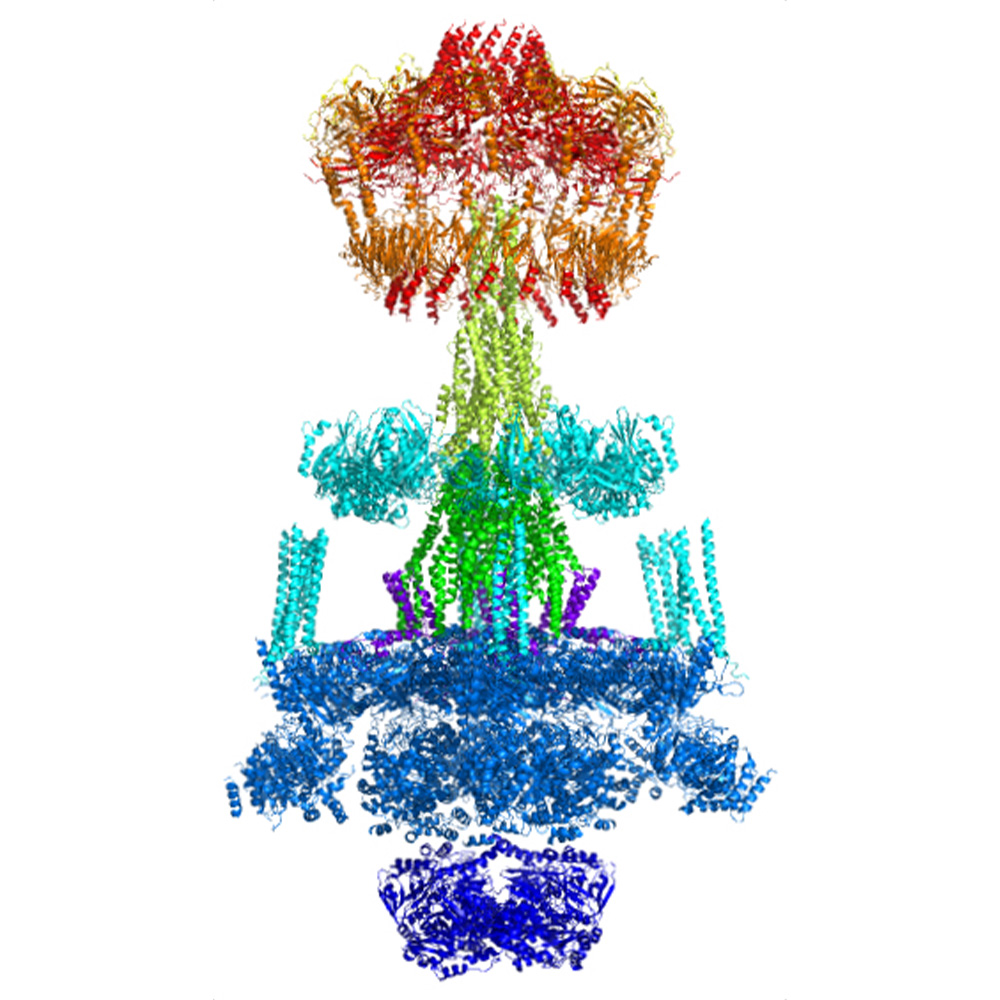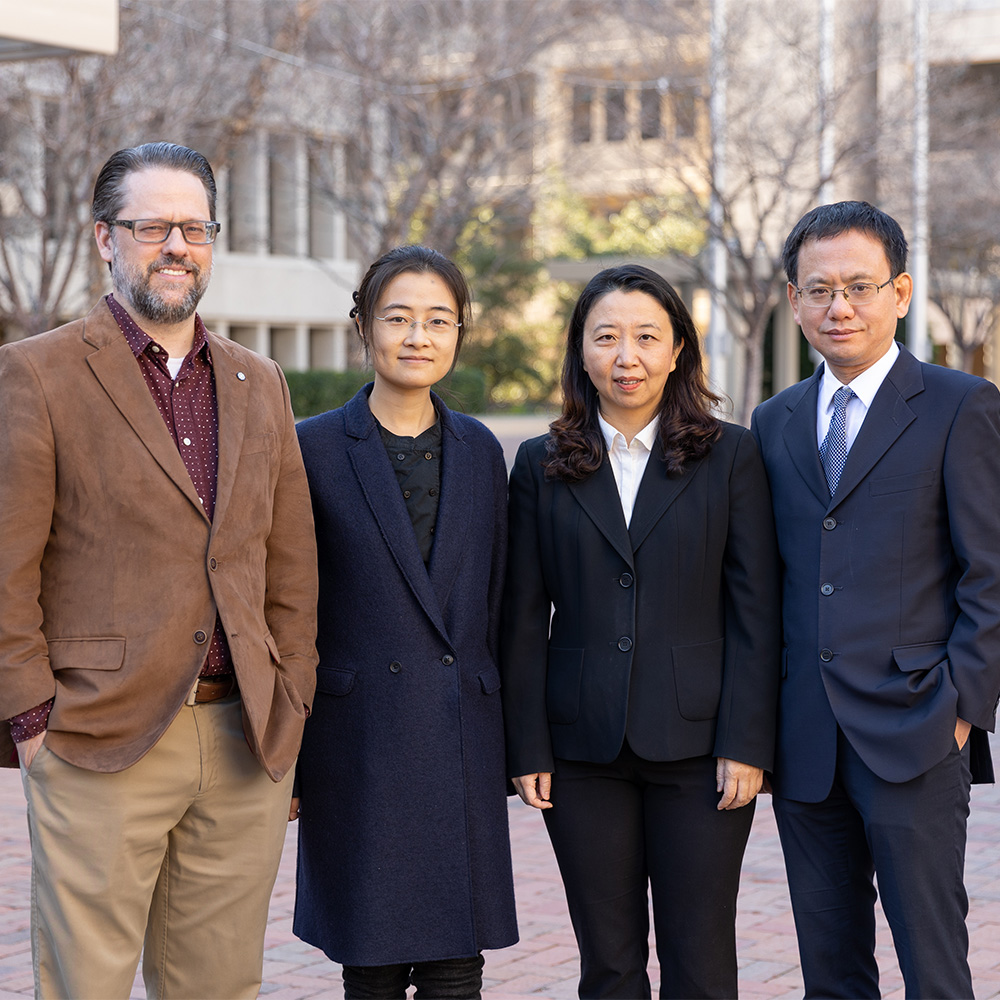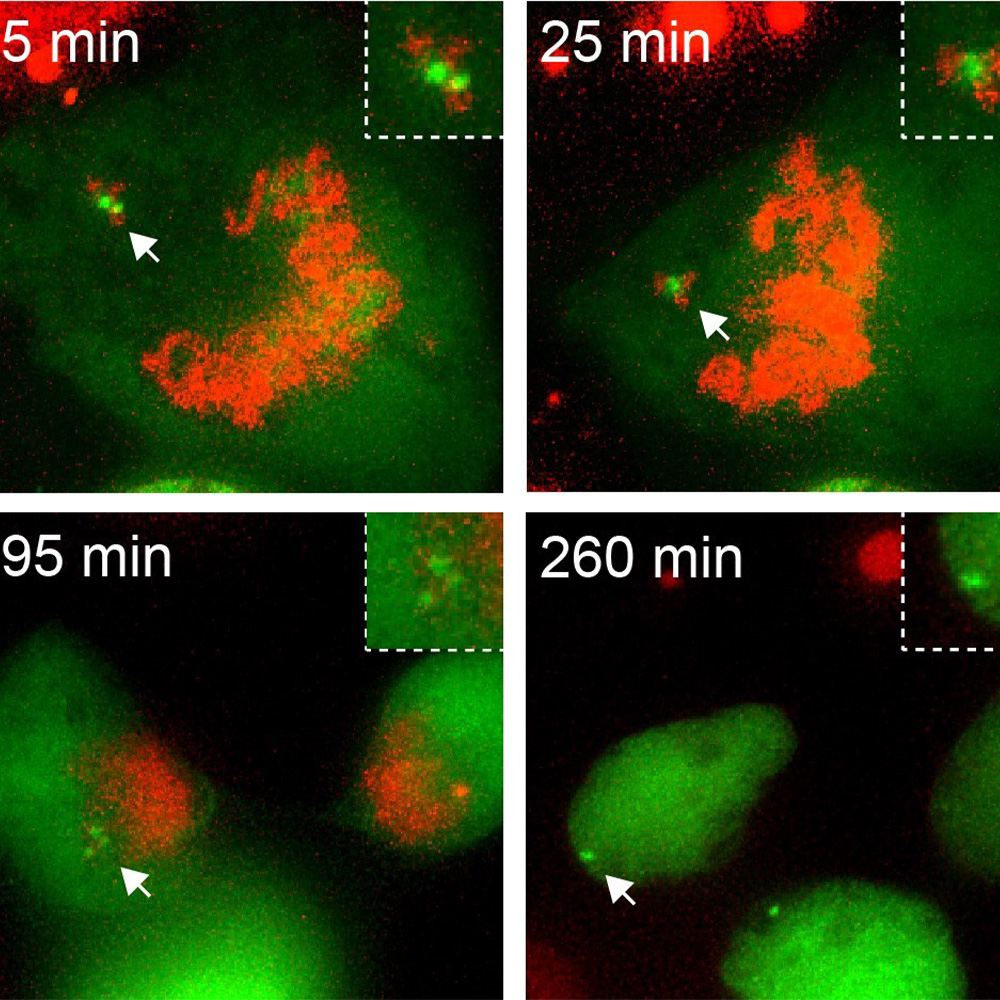Search
Metabolic hormone found to boost resilience against flu symptoms: Newsroom - UT Southwestern, Dallas, Texas
https://www.utsouthwestern.edu/newsroom/articles/year-2025/nov-metabolic-hormone-flu-symptoms.html

A hormone known for regulating energy balance also helps the body cope with influenza by triggering protective responses in the brain, a study led by UT Southwestern Medical Center researchers shows.
Gold nanoparticles reverse brain deficits in multiple sclerosis, Parkinson’s : Newsroom - UT Southwestern, Dallas, Texas
https://www.utsouthwestern.edu/newsroom/articles/year-2024/feb-gold-nanoparticles-brain-deficits.html

Results from phase two clinical trials at UT Southwestern Medical Center showed that a suspension of gold nanocrystals taken daily by patients with multiple sclerosis (MS) and Parkinson’s disease (PD) significantly reversed deficits of metabolites linked to energy activity in the brain and resulted
E-scooter injuries can come at a cost to the public: Newsroom - UT Southwestern, Dallas, Texas
https://www.utsouthwestern.edu/newsroom/articles/year-2024/jan-e-scooter-accident-injuries.html

Electric scooters carry a significant risk of orthopedic injuries and associated costs for medical care, which can create a financial burden for the public, according to a study by UT Southwestern Medical Center researchers.
Novel surgical technique may be more effective in treating common eyelid disorder: Newsroom - UT Southwestern, Dallas, Texas
https://www.utsouthwestern.edu/newsroom/articles/year-2023/june-treating-common-eyelid-disorder.html

A novel, minimally invasive surgical technique for correcting blepharoptosis – often called “droopy eyelid” – is more efficient and produces better results than the traditional method that uses sutures, according to a UT Southwestern Medical Center study.
International team determines structure of a key player in antibiotic resistance : Newsroom - UT Southwestern, Dallas, Texas
https://www.utsouthwestern.edu/newsroom/articles/year-2022/august-key-player-in-antibiotic-resistance.html

With antibiotic-resistant bacteria on the rise, scientists have been searching for ways to shut down the Type IV secretion system (T4SS), a protein complex on the outer envelope of bacterial cells that helps them to exchange DNA with neighboring bacteria and resist antibiotics.
O’Donnell School of Public Health researchers use AI to seek new lung cancer treatments: Newsroom - UT Southwestern, Dallas, Texas
https://www.utsouthwestern.edu/newsroom/articles/year-2023/february-ai-lung-cancer-treatments.html

Utilizing artificial intelligence (AI) along with traditional pathology offers promise for swiftly developing treatment plans for patients with non-small cell lung cancers, a team led by UT Southwestern Medical Center researchers discovered.
UT Southwestern researchers discover mechanism responsible for genome rearrangements: Newsroom - UT Southwestern, Dallas, Texas
https://www.utsouthwestern.edu/newsroom/articles/year-2023/may-mechanism-responsible-for-genome-rearrangements.html

The goal of every dividing cell is to accurately segregate its genome into two genetically identical daughter cells. However, this process often goes awry and may be responsible for a new class of chromosomal abnormalities found in cancers and congenital disorders, UT Southwestern Medical Center
UTSW Medical Student Dean selected for prestigious Piper Professor Award for educators: Newsroom, UT Southwestern, Dallas, Texas
https://www.utsouthwestern.edu/newsroom/articles/year-2019/piper-professor-award.html

Dr. Angela Mihalic, Dean of Medical Students and Associate Dean of Student Affairs, has been selected to receive the 2019 Minnie Stevens Piper Foundation’s Piper Professor Award, a prestigious honor that recognizes outstanding college professors across Texas.
Screening teens for vaping history key to diagnosing lung disease during pandemic : Newsroom - UT Southwestern, Dallas, Texas
https://www.utsouthwestern.edu/newsroom/articles/year-2023/february-lung-disease-during-pandemic.html

The severity of a lung disease associated with e-cigarettes, or vaping, in teens decreased during the COVID-19 pandemic, but hospitalizations from the disease continued to mount, according to a study of more than three dozen patients by UT Southwestern researchers published in Pediatric Pulmonology.
Patients prefer immediate access to medical test results online, even if it’s bad news: Newsroom - UT Southwestern, Dallas, Texas
https://www.utsouthwestern.edu/newsroom/articles/year-2023/march-medical-test-results-online.html

Patients overwhelmingly prefer to receive test results as soon as they are available on online medical portals, even if it means viewing the results prior to discussing them with their doctor, a new study co-led by UT Southwestern and Vanderbilt University researchers reports.
